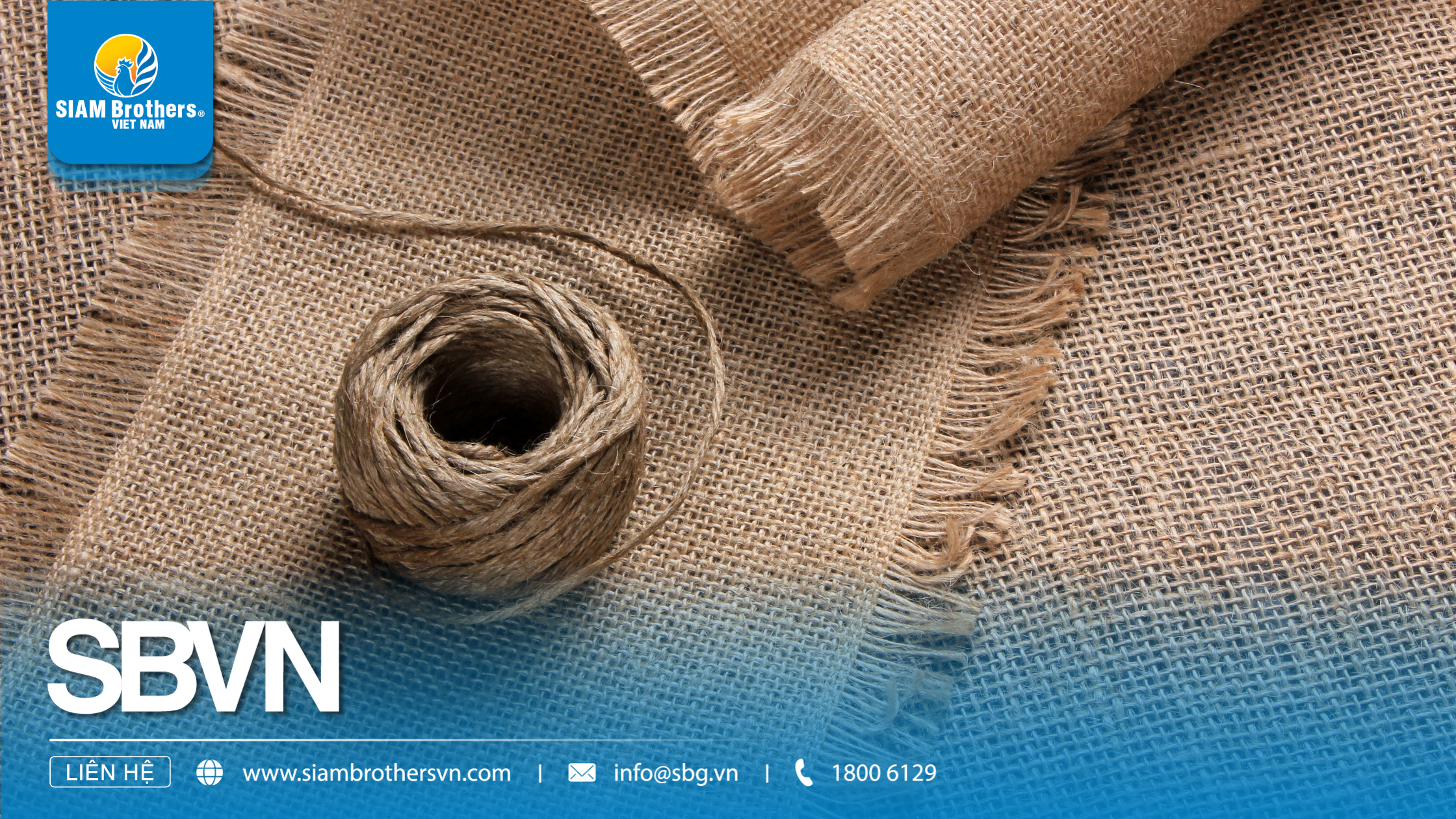Rope is a common tool used in various fields, from daily life to industrial applications. However, when choosing the right type of rope, you are presented with two main options: natural and synthetic. Each type has its characteristics and is suitable for different uses. This article will help you better understand these two types of rope, their pros and cons, and how to select the most appropriate one for your needs.
Natural rope is made from organic cotton, hemp, jute, manila (banana tree fibers), or coir (coconut fibers). This type of rope has a long history, dating back to around 4,000 BC, and was the primary material used by humans before the invention of synthetic ropes.

Common Types of Natural Rope
Jute Rope: Made from the fibers of the jute plant (also known as the "jute fiber plant"), it is one of the most popular natural fibers, second only to cotton in production and usage. Jute rope has a soft and shiny texture, making it ideal for crafting and gift wrapping.
Cotton Rope: Soft and easy to work with, cotton rope is perfect for decorative applications such as macrame. However, it is susceptible to damage in damp conditions or prolonged exposure to water.
Hemp Rope: Made from hemp plant fibers, hemp rope is one of the most durable natural ropes. It is resistant to mildew and UV rays but may lose strength if exposed to moisture for extended periods.
Manila Rope: Made from abaca plant fibers, Manila rope is the strongest natural rope. It is resistant to moisture, sunlight, and abrasion. However, Manila rope shrinks when wet, which makes knots permanent.
Sisal Rope: Known for its durability and resistance to rotting, sisal rope is also prone to wear and tear when exposed to harsh weather conditions such as rain and sun. Nonetheless, it remains a popular choice for many applications due to its strength and high load-bearing capacity.
Coir Rope: Made from coconut fibers, coir rope is extracted from the material between the hard outer shell and the inner shell of a coconut. It is highly absorbent to water and salt without losing durability or quality. Coir rope is commonly used in aquaculture, gardening, and various other applications. Its durability also makes it a popular choice for making fences, hanging bird feeders, clotheslines, and woven floor mats.

Natural rope
Environmentally Friendly: Made from natural materials, it is biodegradable.
Good Heat Resistance: Less likely to deform or burn in high temperatures.
Aesthetic Appeal: With its rustic appearance, natural rope is often used in decoration and crafting.
Prone to Rotting: When exposed to water or high humidity for long periods.
Lower Durability: Does not handle heavy loads well and is more prone to wear and tear.
Difficult to Maintain: Needs to be kept in dry conditions to prolong its lifespan.
Natural ropes are commonly used in agriculture, crafting, or landscaping due to their natural beauty.
Synthetic ropes are made from artificial materials such as nylon, polyester, polypropylene, or polyethylene. These modern alternatives offer numerous advantages over natural ropes.

Common Types of Synthetic Rope
Polypropylene Rope: Lightweight and floats on water, making it suitable for wet environments like pools.
Nylon Rope: Strong and shock-resistant, used in industrial and sports applications.
Polyester Rope: Durable, UV-resistant, ideal for marine environments.
Polyethylene Rope: Inexpensive, easy to handle, suitable for recreational activities.
Read more: Everything about synthetic ropes: A versatile solution for all industries.

Synthetic Rope
High Durability: Strong and long-lasting.
Water and Chemical Resistance: Won’t rot when exposed to moisture or chemicals.
Lightweight and Flexible: Easy to use in various conditions.
Not Environmentally Friendly: Difficult to decompose and causes pollution if not properly disposed of.
Vulnerable to Heat: Some types of synthetic ropes, like polypropylene, have low melting points.
Synthetic ropes are commonly used in industries, marine activities, climbing, and applications requiring high durability.
| Criteria | Natural Rope | Synthetic Rope |
| Composition | Made from natural materials like abaca (manila), cotton, or sisal leaves. | Made from chemicals and synthetic fibers like polypropylene, nylon, and polyester, all derived from plastics. |
| Strength | Weaker than synthetic rope but still durable (smallest Manila rope can hold up to 540 lbs, largest up to 27,900 lbs). | Stronger than natural ropes by about 20% (smallest synthetic rope can hold up to 1,250 lbs, largest up to 46,800 lbs). |
| Durability | Good heat resistance but prone to rotting in wet environments. | Resistant to rotting, mildew, and abrasion, making it suitable for humid, coastal, or high-friction conditions. |
| Applications | Used for landscaping, gardening, and pet toys (cat scratching posts). | Used in water sports, fishing, tarpaulin ropes, outdoor decorations, or in harsh conditions. |

Natural Rope vs. Synthetic Rope
It would be best if you had an environmentally friendly, biodegradable option.
The job requires aesthetic appeal or light-duty applications like decoration or crafting.
The conditions are dry and the rope won’t be exposed to water for extended periods.

Synthetic Rope in decoration or crafting
High strength and heavy load-bearing capacity is required in harsh conditions.
The job involves water, chemicals, or UV exposure.
Applications in marine, industrial, or sports settings.

Synthetic Rope in sports
Choosing between natural and synthetic rope largely depends on the specific use case. If you prioritize aesthetics and environmental friendliness, natural rope is the best option. On the other hand, synthetic ropes excel in durability and load-bearing capacity, especially in industrial applications. Consider your needs carefully to make the right decision!
Siam Brothers Vietnam is a trusted name if you’re looking for a reliable supplier of high-quality ropes. With over 60 years of experience and a commitment to quality, we offer a wide range of ropes, including PP, PE, PET ropes, and many others suitable for various applications from industrial to decorative purposes.
Choose Siam Brothers Vietnam to ensure you receive the best ropes that meet your stringent requirements. Experience the difference in quality and service today!
Source: Siam Brothers Vietnam
Contact us:
Address: 5th floor, VRG Building, 177 Hai Ba Trung Str., Vo Thi Sau Ward, Disc. 12, Ho Chi Minh City, Vietnam
Tel: (+84) 28 38 912 889
Hotline: 1800 6129
Facebook: www.facebook.com/siambrothersvn
Email: info@sbg.vn
Youtube: youtube.com/@siambrothersvietnam1728
OA Zalo: zalo.me/1402339229697925373
App SBVN ID:
CHPlay: https://bit.ly/SBVNID-Android
Appstore: https://bit.ly/SBVNID-iOS
